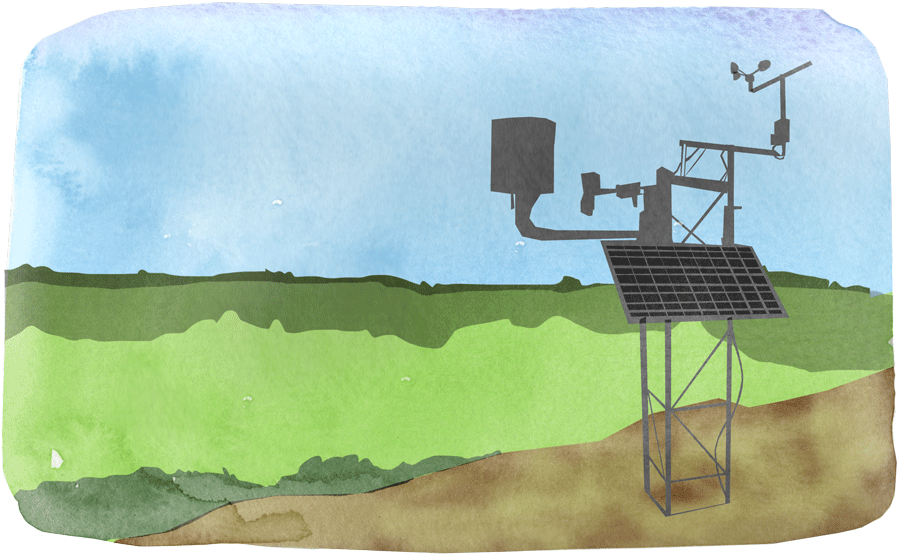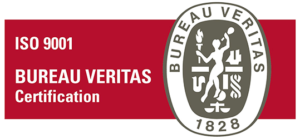Our third publication in the “Quaderni di meteorologia aperta” series looks at one of the fundamental aspects of meteorology and climatology, the origin of data. All the operational applications, subsequent processing and historical analyses are based on observations, the characteristics of which determine the level of quality of the subsequently generated products.
The vocation for a global vision, multiple uses and compatibility with other systems requires monitoring networks to comply with the international guidelines drawn up by the WMO (World Meteorological Organization – United Nations).
What we call the “observation set” has been enriched with new instruments and technologies (weather radar, satellites, radiosondes, etc.) and, in this scenario, the on-site sensor has further developed its role in providing precise information.
Creating a good monitoring network requires, first of all, a design capable of satisfying the specific needs for which it is created. This is because, in meteorology, representativeness is closely linked to function. The design must also be capable of assessing the possibility for multiple uses and compatibility with adjacent or even previously existing systems.
Not all networks can achieve advanced levels of compliance with standards, but they can still fulfil their role, as in the case of agri-meteorology, urban areas or off shore applications.
Lastly, a good monitoring network should always be certified.
These practical guidelines aim to offer very pragmatic support to authorities, companies and organisations who are preparing to invest in the physical monitoring of the atmosphere, as well as to the growing number of enthusiasts approaching this world.
Radarmeteo’s staff operate actively in the design, implementation, management, supervision and certification of the networks, also validating and checking the data collected. In this capacity it has contributed to creating and managing important meteorological and environmental monitoring networks in Italy and abroad, both at national and regional level, both public and private, also helping them attain quality certification.
You can download the complete version of the third publication, also available in English, at the following links:
At the following links, you can download the complete version, also in English, of the Quaderno di meteorologia aperta no. 3: Linee guida per la progettazione, rimodulazione, messa a norma e certificazione delle stazioni e delle reti di monitoraggio meteorologico e climatologico al suolo (in situ), by Massimo Crespi and Andrea Bertolini.
“Quaderni di meteorologia aperta” is a series of periodical publications on meteorology and climatology available on our website. This is a publishing project born with the aim of helping adapt Italian meteorology to European standards, to take part in the debate on innovation and overcoming mere forecasting aspects.
Download the previous publications of the “Quaderni di meteorologia aperta” in Italian and English at the following links:
Comments are closed.




